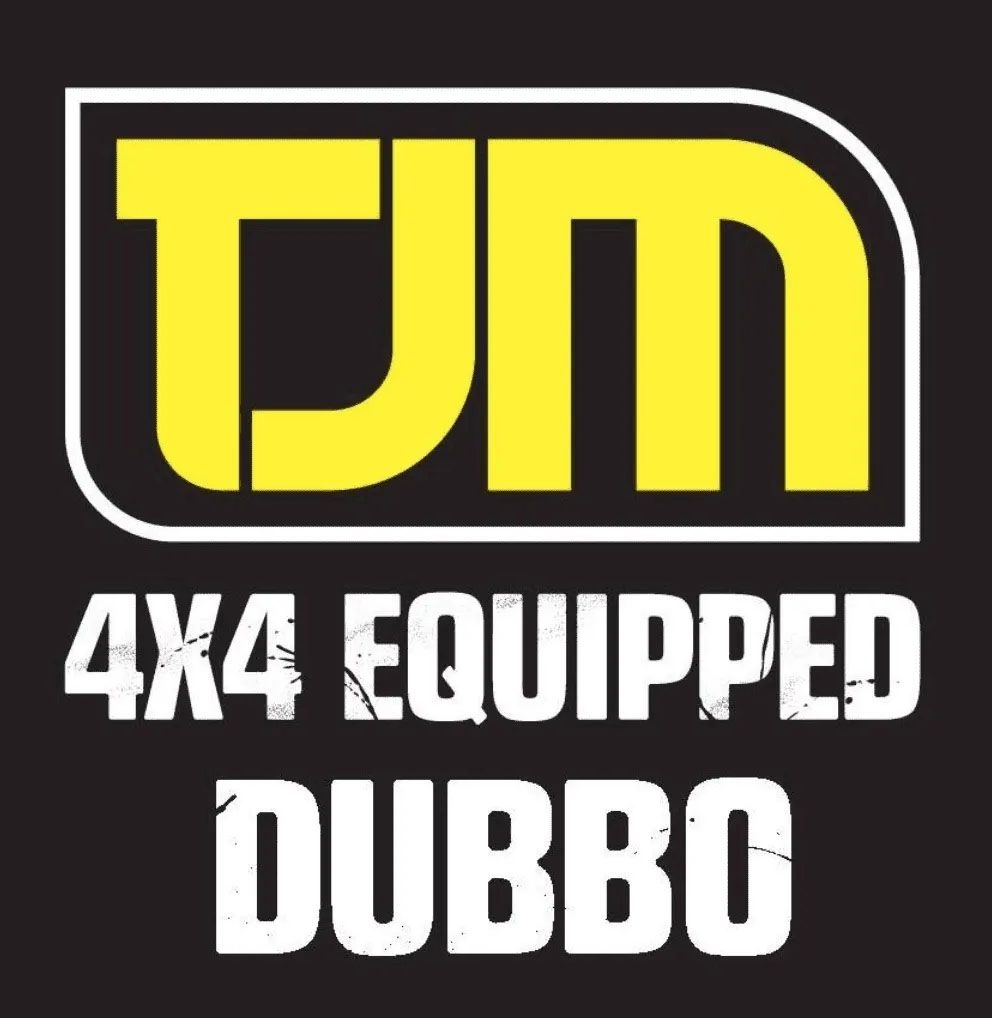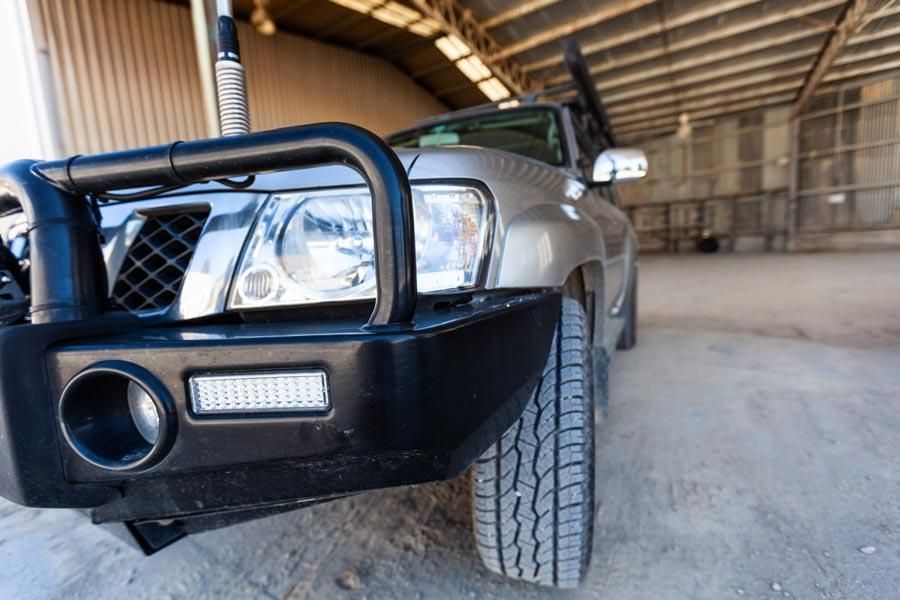How To Maintain Your 4WD Accessories Purchased In Dubbo
If you’ve spent good money outfitting your 4WD for adventures in and around Dubbo, you’ll want those accessories to last the distance. From bull bars to snorkels and drawer systems, these modifications aren’t just about looks—they’re about capability, safety, and confidence on the track. But even the toughest gear won’t stay that way without regular attention. The local terrain, weather conditions, and long-distance travel can accelerate wear and tear, making maintenance a non-negotiable for every 4WD owner.
Whether you're heading out for a weekend of off-roading or just commuting on Dubbo’s rural roads, taking care of your 4WD accessories is essential. Here’s how to keep your gear performing as it should—reliably, safely, and efficiently.
Start with a Clean Slate: Why Washing Your 4WD Accessories Matters
Dirt, mud and red dust from unsealed roads aren’t just cosmetic problems—they can accelerate rust, interfere with seals, and damage wiring and coatings. Regular cleaning protects your accessories from environmental exposure and extends their working life.
- Wash your vehicle thoroughly after every off-road or dusty trip, including the undercarriage, accessories, and wheel arches.
- Use a pH-balanced automotive cleaner that’s safe for powder-coated and stainless-steel finishes.
- Dry accessories properly, especially in and around bolt holes and seams, to avoid corrosion caused by trapped moisture.
- Avoid high-pressure water directly on electrical components such as light bars and fridges.
- Remember to rinse the roof racks and rear drawers, especially if you’ve carried muddy gear or wet equipment.
Routine Checks That Could Save You on the Track
Visual inspections and functional checks only take a few minutes, but they can prevent breakdowns or failures when you’re far from help. This habit pays off, especially before and after longer trips.
- Check all bolts and mounting hardware for movement or signs of rust, especially on bull bars, roof platforms, and rock sliders.
- Inspect recovery points, tow bars and rated shackles to ensure no deformation or wear.
- Test the locking mechanisms on drawer systems and canopy doors to ensure nothing rattles loose.
- Look underneath for sagging bash plates or signs of impact from previous trips.
- Confirm that nothing is rubbing against your body panels or damaging paintwork from vibration or poor mounting.
The Role of Lubrication in 4WD Gear Longevity
The moving parts on your 4WD accessories need lubrication to work smoothly and avoid premature wear. Dust, moisture, and use all degrade hinges, slides, and joints over time.
- Apply a weather-resistant lubricant to canopy hinges, drawer slides, fridge runners and rear door struts.
- Wipe away old grease and dirt before applying new lubricant to prevent grit from grinding away at components.
- Use silicone sprays or dry lubricants on parts exposed to dust-prone areas to avoid sticky build-up.
- Don’t forget to lubricate the pivots on swing-away tyre carriers or folding steps.
When the Dust Settles: Checking Seals & Filters on Snorkels and Air Intakes
Driving in regional and remote areas means dealing with plenty of dust, especially during dry seasons or on station tracks. Without maintenance, your snorkel and air intake system can become a major weak point for your engine.
- Inspect snorkel heads for cracks and make sure they are securely fastened.
- Check the snorkel body and airbox joint to ensure a dust-proof seal.
- Clean or replace air filters after each dusty trip to prevent reduced airflow or engine damage.
- Look for signs of water ingress or seal degradation if you’ve been through water crossings recently.
Electrical Accessories: Keeping Your 12V Systems in Check
From light bars to fridge setups, your 12V gear works hard—and so do the wires behind it. Regular inspections and smart cable management help you avoid failures that could leave you without lighting, cooling, or power.
- Inspect battery terminals and connections for corrosion, frayed wiring, or loose fittings.
- Test all switches, fuses and relays to ensure lighting, compressors, and power outlets are functioning as intended.
- Look for wear in cable sheaths, especially where wires pass through engine bays, doors or canopy edges.
- Keep spare fuses on hand and label your switch panel clearly for easy troubleshooting.
Storage & Security: Preventing Theft & Wear on Roof Racks & Drawers
Accessories that improve your storage need proper care, too. Roof racks, cargo drawers and tie-downs often suffer from constant exposure, movement, and heavy loads.
- Check that the roof rack crossbars are tight and the rubber spacers haven’t worn down.
- Make sure all drawer slides operate smoothly and latches engage properly when closed.
- Clean and lubricate drawer runners, especially if you store sandy, muddy, or salty gear.
- Locks and tool carriers should be used on external storage boxes to deter theft.
- Always tie down loads with rated straps and check that anchor points are secure and not pulling through.
When to Repair & When to Replace Your 4WD Add-ons
Knowing the difference between cosmetic wear and structural failure can save money and risk. It’s worth reviewing your gear after big trips or long storage periods.
- Minor scratches, surface rust or loose bolts? Clean, touch-up paint, or re-torque to extend lifespan.
- Cracked welds, bent brackets, or fractured mounting points? These are safety concerns and should be replaced.
- Damaged wiring or frayed battery cables? Don’t patch—replace with marine-grade or heat-shrink connections.
- A persistent leak in a fridge line or a power draw issue in your battery system may indicate failing components that should be replaced rather than repaired.
Scheduled Servicing: How Often Should You Inspect Your 4WD Accessories?
Establishing a regular inspection schedule helps you avoid costly or inconvenient breakdowns. Here's a simple guide:
- Every trip: Visual check of tyres, lights, accessories and battery voltage.
- Monthly: Lubricate moving parts, clean filters, test 12V gear, inspect drawer and rack systems.
- Quarterly: Deep clean underbody and snorkel system, inspect wiring insulation, check seals and bolts.
- Before big trips, perform a Full torque check, inspect the spare tyre carrier, prepare for water crossings, and ensure the compressor and recovery gear are ready.
By sticking to a basic schedule, you’ll reduce the risk of failures, improve the life of your investment, and keep your 4WD adventure-ready year-round.
Looking for 4WD Accessories Near You? We’ve Got You Covered
At TJM Dubbo, we offer expert advice, installations, and maintenance support for all kinds of gear, including roof racks, lighting setups, snorkels, and drawer systems.
Get in touch via our contact page or give us a call to book a consultation or service.







